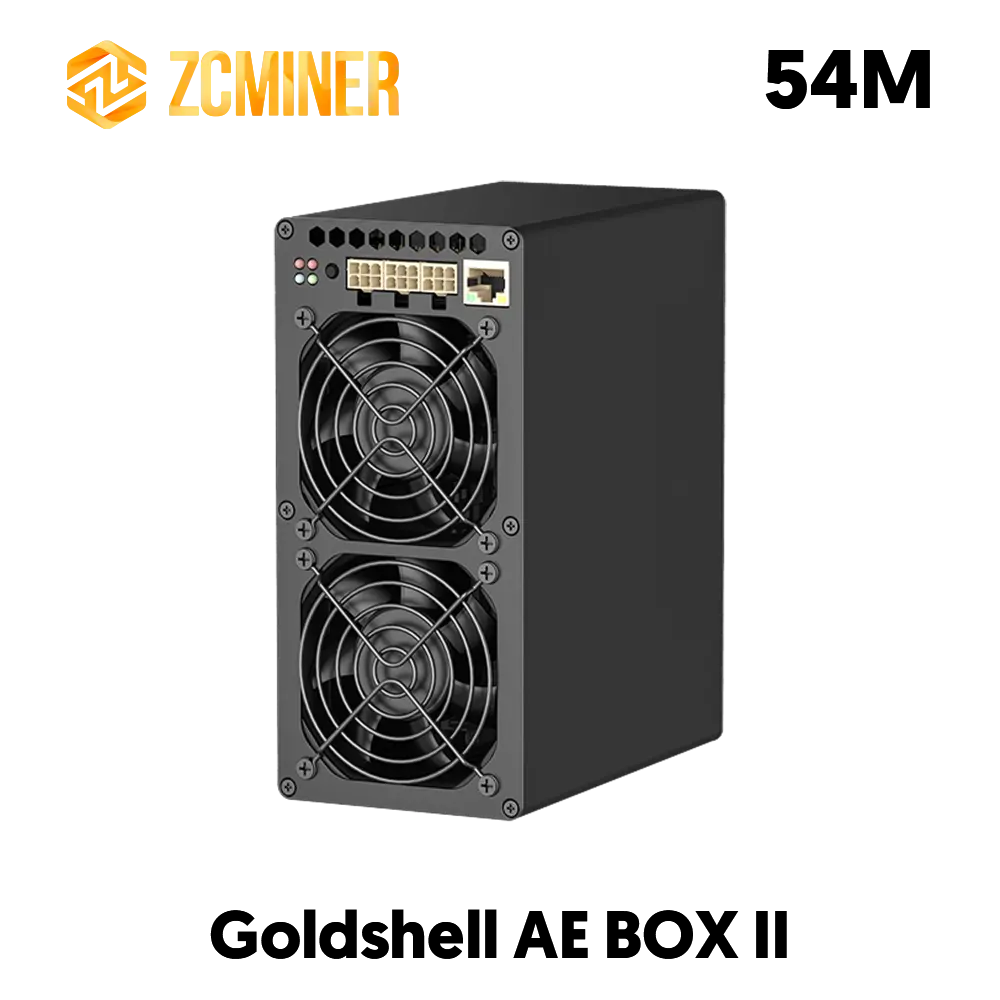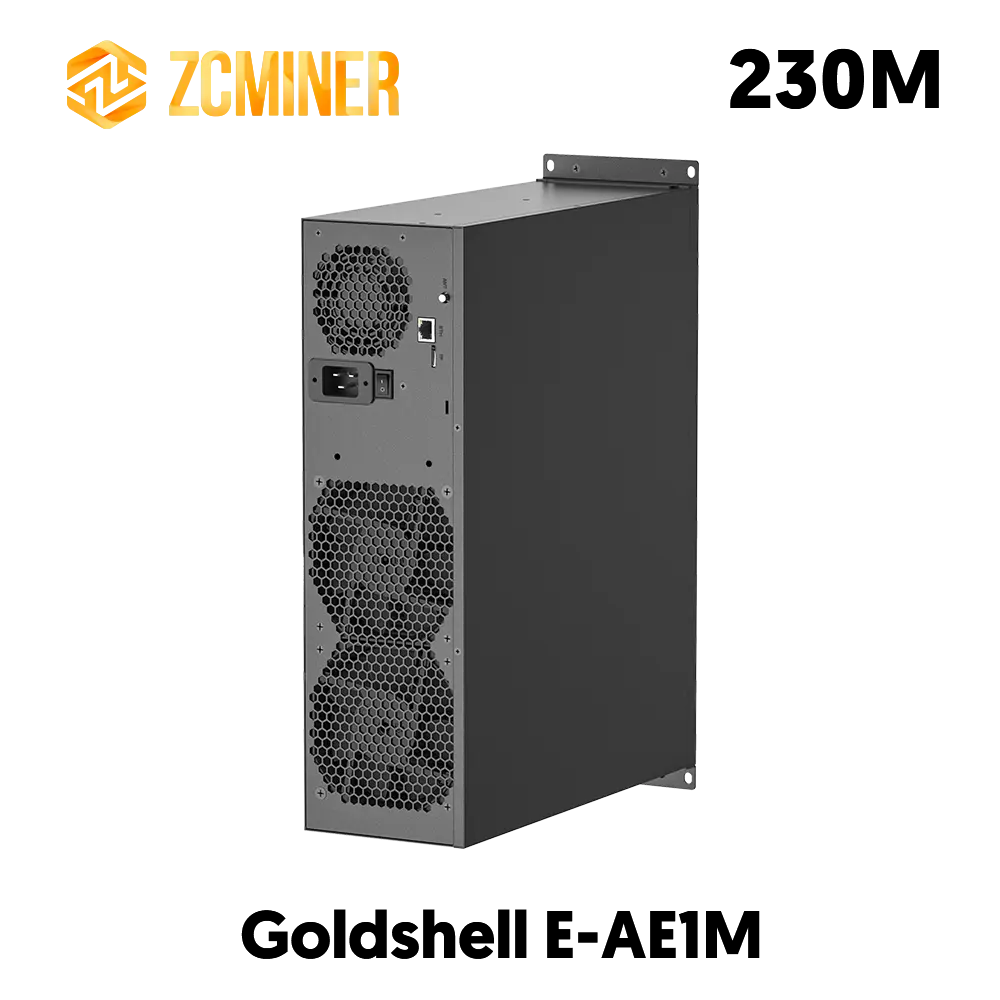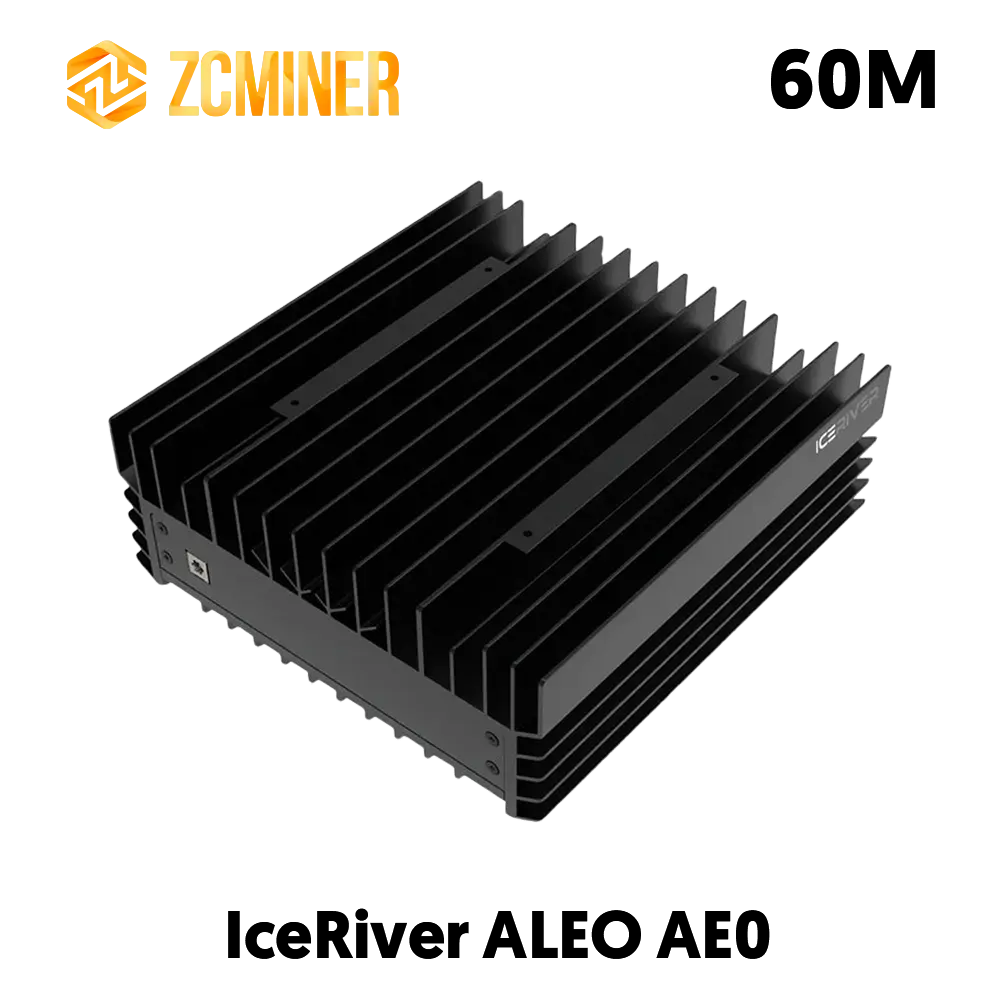The year 2024 marks a pivotal shift in the world of cryptocurrency mining as companies increasingly adapt to the demands of AI computation. This transition is not merely a technological evolution but a strategic reorientation that is reshaping the industry's landscape. As the boundaries between cryptocurrency mining and artificial intelligence (AI) computation blur, companies are finding innovative ways to leverage their existing infrastructure, expertise, and resources to capitalize on the booming AI market. This article explores the driving forces behind this shift, the strategies being employed, the implications for the future of both industries, and the perspective of small investors who mine Bitcoin at home.
The Convergence of Cryptocurrency Mining and AI
Cryptocurrency mining and AI computation share several underlying similarities, making the transition from one to the other relatively seamless for many companies. Both fields require vast amounts of computational power, often relying on the same types of hardware, such as GPUs (Graphics Processing Units) and specialized ASICs (Application-Specific Integrated Circuits). A study published in the Journal of Parallel and Distributed Computing (2023) highlights how GPUs, initially designed for rendering graphics, have become the workhorses of AI computation due to their ability to process multiple operations in parallel. This dual functionality has led to an increasing overlap in the hardware used, prompting mining companies to repurpose or augment their equipment to handle AI tasks.
The rise of AI technologies like machine learning, deep learning, and neural networks has created an insatiable demand for computational resources. As AI applications become more complex, the need for large-scale, high-performance computing (HPC) environments has surged. Cryptocurrency miners, who have traditionally invested heavily in building and maintaining such environments, are uniquely positioned to meet this demand.
The Driving Forces Behind the Shift
Several factors are driving cryptocurrency mining companies to diversify into AI computation:
-
Market Volatility: Cryptocurrency markets are notoriously volatile, with prices fluctuating wildly in short periods. This unpredictability has made mining a less stable and reliable source of income. In contrast, the AI industry is experiencing steady growth, driven by increasing adoption across various sectors, including healthcare, finance, and autonomous systems. A report by Gartner (2024) projects that the AI market will grow at a compound annual growth rate (CAGR) of 35% over the next five years, providing a more stable and diversified revenue stream for companies involved.
-
Energy Efficiency: AI computation, particularly in fields like deep learning, often involves prolonged, intense processing tasks that can be more energy-efficient than the constant, high-power consumption associated with cryptocurrency mining. As energy costs continue to rise and environmental concerns gain prominence, the shift towards AI computation offers a more sustainable business model. Research published in the IEEE Transactions on Sustainable Computing (2023) underscores the potential energy savings when mining companies transition to AI computation, citing a 20-30% reduction in energy consumption.
-
Regulatory Landscape: Governments worldwide are tightening regulations on cryptocurrency mining due to concerns about energy consumption and its environmental impact. In contrast, AI is viewed as a critical component of future technological advancement, with many governments providing incentives and support for AI research and development. The European Union's AI Act (2024) and the U.S. National AI Initiative (2023) are examples of regulatory frameworks that encourage innovation and investment in AI, making the pivot towards AI computation increasingly attractive for mining companies.
-
Technological Advancements: The rapid advancement of AI technologies has led to the development of more efficient algorithms and hardware that can be easily integrated into existing mining operations. This technological synergy allows mining companies to transition into AI computation with minimal additional investment, making the shift both economically and logistically feasible. A white paper from NVIDIA (2024) discusses the seamless integration of AI algorithms into existing GPU-based infrastructures, highlighting the cost-effectiveness of such transitions.
Strategies for Transitioning to AI Computation
As cryptocurrency mining companies embrace AI computation, they are employing a variety of strategies to facilitate the transition:
-
Dual-Purpose Hardware: Many mining companies are upgrading their existing hardware to support both cryptocurrency mining and AI computation. For example, GPUs, which are essential for mining, are also well-suited for AI tasks like training neural networks. By investing in versatile hardware, companies can switch between mining and AI computation based on market demand, optimizing their resource utilization. A case study by Harvard Business Review (2024) on a major mining firm shows how strategic hardware investments led to a 15% increase in operational efficiency.
-
Partnerships and Collaborations: To accelerate their entry into the AI market, mining companies are forming partnerships with AI firms, research institutions, and tech giants. These collaborations provide access to cutting-edge AI technologies, expertise, and potential client bases, enabling mining companies to quickly establish themselves as credible players in the AI computation space. A report by McKinsey & Company (2024) highlights successful partnerships between mining companies and AI startups, emphasizing the mutual benefits of shared resources and knowledge.
-
AI-Focused Data Centers: Some mining companies are repurposing their mining farms into AI-focused data centers. These facilities, originally designed for the energy-intensive task of cryptocurrency mining, are being reconfigured to support AI workloads. By leveraging their existing infrastructure, these companies can offer AI computation services to clients in need of large-scale processing power. An article in Data Center Dynamics (2024) discusses how mining companies are converting their facilities into AI hubs, reducing downtime and increasing profitability.
-
R&D Investment: Recognizing the potential of AI, many mining companies are investing in research and development to create proprietary AI technologies. This includes developing custom AI algorithms optimized for their hardware, as well as exploring new applications of AI in areas like predictive analytics, natural language processing, and autonomous systems. A study published in the AI Research Journal (2024) suggests that such investments can yield a significant return, with some companies reporting a 25% increase in revenue within the first year of their AI initiatives.
-
Expansion into Cloud Computing: Some cryptocurrency mining companies are expanding their business models to include cloud computing services, offering AI computation as a service (AIaaS). This move allows them to tap into the growing demand for cloud-based AI solutions, providing scalable, on-demand computational resources to businesses and researchers. According to a Forbes article (2024), AIaaS is expected to grow rapidly, with revenues projected to exceed $50 billion by 2026, offering a lucrative opportunity for mining companies.
The Perspective of Small Investors and Home Miners
As large-scale mining companies transition towards AI computation, small investors and individuals who mine Bitcoin at home are also feeling the impact of this shift. These home miners, who often invest in Bitcoin mining as a means of passive income or as a hobby, are facing new challenges and opportunities as the industry evolves.
-
Increased Competition for Hardware: The growing demand for AI computation has led to increased competition for GPUs and ASICs, driving up prices and making it more challenging for home miners to acquire the hardware they need. A report by Tom's Hardware (2024) notes that the surge in AI-driven demand has resulted in a 20% increase in GPU prices, putting pressure on small-scale miners who operate on tighter budgets.
-
Energy Efficiency Considerations: As energy costs continue to rise, home miners are increasingly concerned about the efficiency of their operations. The shift towards AI computation, which can be more energy-efficient than traditional mining, has prompted some small investors to explore AI-related ventures. However, the initial investment required for AI hardware and the steep learning curve associated with AI technologies can be prohibitive for many.
-
Exploring Dual-Use Strategies: Some savvy home miners are adopting dual-use strategies, similar to those employed by larger companies. By investing in GPUs that can be used for both Bitcoin mining and AI computation, these miners can switch between tasks based on market conditions. This approach not only maximizes their hardware utilization but also provides a potential hedge against the volatility of the cryptocurrency market. Articles on forums like BitcoinTalk (2024) highlight how home miners are experimenting with AI workloads, sharing tips on how to optimize their setups for both mining and AI tasks.
-
Opportunities in AI Computation: For home miners with the technical know-how, the shift towards AI presents new opportunities. The rise of decentralized AI networks, where individuals can contribute their computational power to AI tasks in exchange for tokens or other rewards, is an emerging trend. Platforms like Golem and SingularityNET are enabling small investors to participate in the AI economy, providing an alternative revenue stream that complements their mining activities.
-
Community and Collaboration: The home mining community has always been collaborative, with members sharing knowledge, tips, and resources. As the industry evolves, this sense of community is becoming even more important. Online communities, such as Reddit's r/BitcoinMining and AI-focused subreddits, are becoming hubs for discussion on how small miners can adapt to the changing landscape, offering support and guidance for those interested in exploring AI computation.
Implications for the Future
The convergence of cryptocurrency mining and AI computation has far-reaching implications for both industries, including for small investors and home miners. For the cryptocurrency sector, this shift could lead to a more stable and sustainable business model, reducing reliance on volatile market conditions and high energy consumption. As mining companies diversify into AI, they may also drive innovation in AI technologies, contributing to advancements in fields like machine learning, robotics, and data analysis.
For small investors, the transition presents both challenges and opportunities. While the increased competition for hardware and rising energy costs may squeeze margins, the potential to diversify into AI computation offers a new avenue for growth. However, this path requires careful consideration, investment, and a willingness









Leave a comment
This site is protected by hCaptcha and the hCaptcha Privacy Policy and Terms of Service apply.